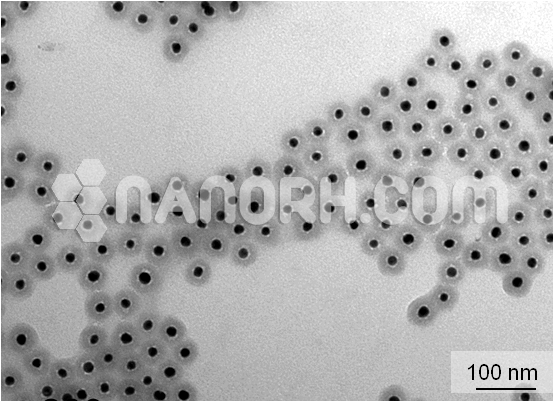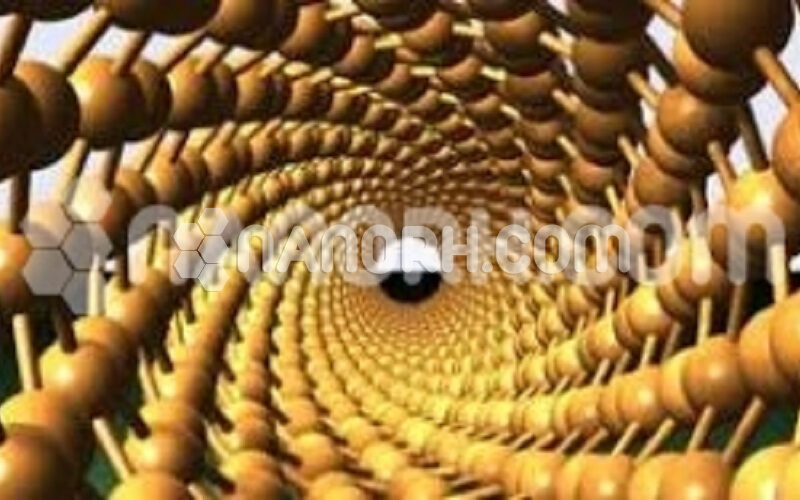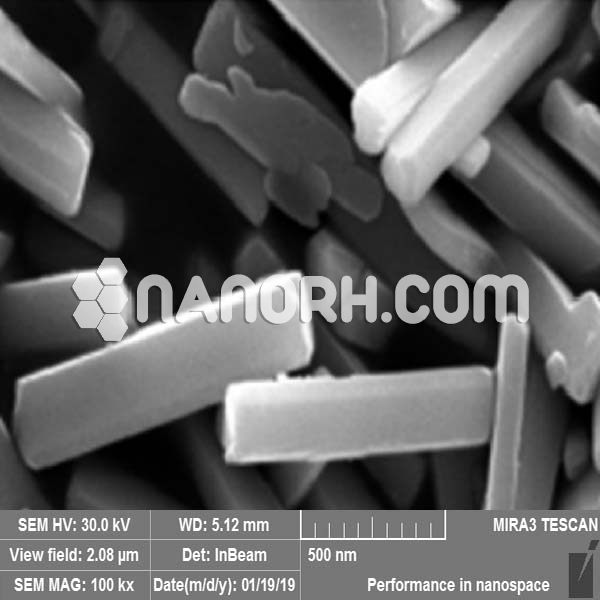Cadmium Selenium/Cadmium Sulfide Core Shell Nano Particles(CdSe CdS, 99.9%, APS: 80-100nm, Inorganic Semiconductor)
| Cadmium Selenium/Cadmium Sulfide Core-Shell Nanoparticles | |
| Product No | NRE-16007 |
| CAS No. | NA |
| Formula | CdSe/CdS |
| APS | <100nm (can be customized) |
| Shape | Spherical |
| Purity | 99.9% |
| Core | Cadmium Selenium |
| Shell | Cadmium Sulfide |
| Melting Point | NA |
| Boiling Point | NA |
Cadmium Selenium/Cadmium Sulfide Core-Shell Nano-Particles
Introduction:
Cadmium selenium/cadmium sulfide core-shell nano-particles are an important class of semiconductor nanomaterials that combine the unique optical properties of cadmium-based quantum dots with the structural benefits of a core-shell architecture. These nanoparticles are typically composed of a core surrounded by a CdS shell, which can be engineered to improve the properties of the core material.
Cadmium Selenide (CdSe) Core
Cadmium selenium/cadmium sulfide core-shell nano-particles is a well-known semiconductor material that exhibits size-dependent properties, particularly fluorescence. One of the key features of quantum dots is their ability to exhibit tunable photoluminescence across a broad range of wavelengths, depending on the size of the nanoparticle. This tunability makes an attractive material for applications such as biological imaging, solar cells, and light-emitting devices.
However, has several drawbacks, the most notable being its toxicity due to the presence of cadmium. This poses concerns when considering its use in biomedical applications, especially for in vivo use. Thus, improving the performance of by adding a protective shell of a less toxic material can mitigate some of these concerns.
Cadmium Sulfide (CdS) Shell
The CdS shell surrounding the Cadmium selenium/cadmium sulfide core-shell nano-particles provides significant advantages. Another semiconductor material that has a wide bandgap, making it an excellent choice for passivating the core. The CdS shell not only enhances the stability of the core but also improves its optical properties by reducing surface defects and minimizing charge recombination. Furthermore, the helps to reduce the toxicity of by encapsulating the core, which is especially important for biomedical and environmental applications.
Synthesis:
Cadmium selenium/cadmium sulfide core-shell nano-particles Core Synthesis: The core is typically synthesized using a colloidal synthesis method, where cadmium salts (e.g., cadmium acetate) are reacted with a selenium precursor (such as selenium powder or selenide salts) in an organic solvent at elevated temperatures. The size and optical properties of the quantum dots can be controlled by adjusting factors such as the temperature, concentration of precursors, and reaction time.




